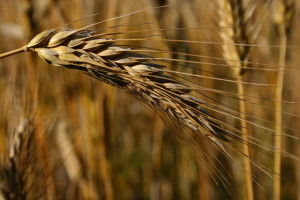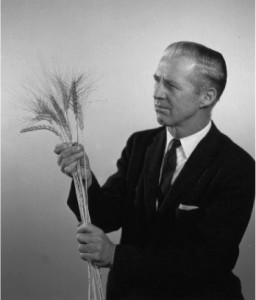 This week we spoke to Mary Williams about plant science education, her role as features editor of The Plant Cell, and effective use of social media for scientists.
This week we spoke to Mary Williams about plant science education, her role as features editor of The Plant Cell, and effective use of social media for scientists.
What inspired you to focus your career on education in the plant sciences?
As a biochemistry student whose friends were arts majors, I discovered that I really enjoyed the challenge of explaining things through plain language and analogy. After a postdoc I took a faculty position at a primarily undergraduate institution where professors were encouraged to explore different approaches to teaching.
By sharing ideas and resources through ASPB Teaching Tools in Plant Biology, workshops, and my blog, I try to help young scientists gain confidence and become better teachers.
How have people responded to the Teaching Tools in Plant Biology (TTPB) you have developed, and how are these being used?
The response has been really positive. I regularly hear from undergraduates, graduate students, postdocs, lab heads and educators who are using them for a multitude of purposes including lesson preparation, self-learning and outreach. The articles can be accessed through most university libraries or via ASPB membership. They are also available throughout the developing world through the AGORA program.
The teaching tools articles are quite technical, so we didn’t anticipate that high school teachers would want to read them. However, in response to their expressed interest I started posting interesting newsclips and videos onto the various social media sites that I manage. This summer we’re moving all of the content onto a new platform, Plantae.org, which will provide a centralized place for educators to connect in what I have described as a Global Plant Science Learning Community. I’m really excited about providing a space for people to share their ideas and promote discussions about effective plant science teaching.
Why do you think teaching the plant sciences in an inspirational way proves so difficult?
The biggest obstacle is the preconception that plants are not interesting, which too often is conveyed by teachers in primary and secondary education. Additionally, many students have no first-hand experience of growing or caring for a plant, and this first-hand experience is really key. We find that many of the most engaged young people have grown up in close contact with plants, perhaps through a family’s involvement in agriculture or horticulture.
In terms of status and salaries, our society places a much higher value on medical sciences and medical research than the plant sciences; the tangible rewards of working with and studying plants are not always evident.
How can we better capture student imaginations when it comes to plants?
Giving students the opportunity to physically engage and inquire about plants is critical, and this has to span from the earliest years through university education. Students need to use all of their senses when exploring plants, and being allowed to explore in an open-ended way lets students develop an interest and curiosity about plants.
This idea of exploration and open-ended inquiry should continue into university, even in large lecture classes. Give students a pea in a pot to take home and observe. Hand out Brussels sprouts, green onions and daisies for students to pull apart and examine. Use some class time to pose open-ended questions. Good ideas are plentiful!
Innovative tools and support for teachers can also be found on sites such as Wisconsin Fast Plants developed by Paul Williams, SAPS and PlantingScience.org.
You are features editor for The Plant Cell. What does this role involve?
TTPB is published by The Plant Cell, and we made the decision early on to focus our effort on the teaching of upper-level plant biology. This is the point at which students transition from using textbooks to the primary literature.
To write each article, I read dozens of recent papers and review articles to identify the key questions and the foundational concepts a student needs. I then create both a written article and an image-rich version of the information. Images are powerful ways to explain difficult concepts, and also are useful to people who teach and learn in languages other than English. After I finish the articles I send them out to several experts for peer review. I update the articles regularly so that they continue to reflect our current understanding.
A new initiative this year has been to draw on the talents of the community to develop additional Teaching Tools topics. We’ve been running competitions to solicit pre-proposals for development into Teaching Tools – you can read more about that here.
When did you first get involved with social media? How can social media platforms such as blogging and Twitter be of benefit to researchers?
My social media roots stretch back to the early 1990s when I was active in the usenet email-based Arabidopsis and Plant Education newsgroups. These networks were excellent sources of resources, ideas and support as I became an independent researcher and educator.
I started using Twitter, ScoopIt and Facebook in earnest in 2011 with the encouragement of Sarah Blackford (@BiosciCareers) and the Global Plant Council’s Ruth Bastow (@plantscience). Like many people, I quickly realized the power of Twitter and other social media tools as a way to connect and converse with the broader community of plant scientists, plant educators, and other plant enthusiasts. Social media not only lets me meet and learn from plant scientists from around the world, but also keep abreast of new publications and get a glimpse into what is being discussed at conferences.
Mary’s top tips for getting started on social media:
- Apply the same social rules online as you would in real life
- Be friendly
- Give credit where it’s due
- Avoid talking about religion and politics; be culturally sensitive
- Listen a lot, talk a little
- Don’t be discouraged if it takes a while to get noticed
- Be professional; swearing, gossip and slander are common in the social sphere, but when it’s being broadcast to the world and recorded for posterity, think twice


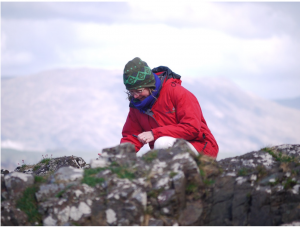


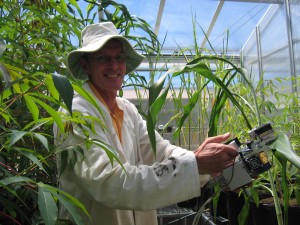
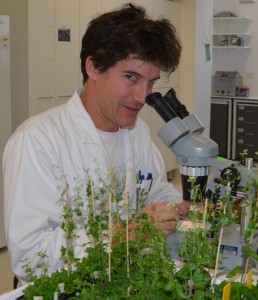
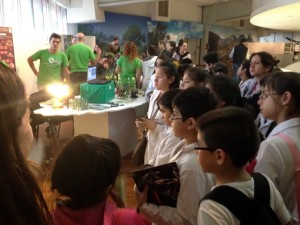


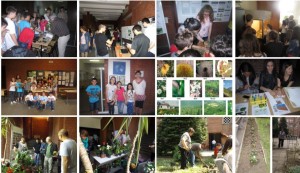



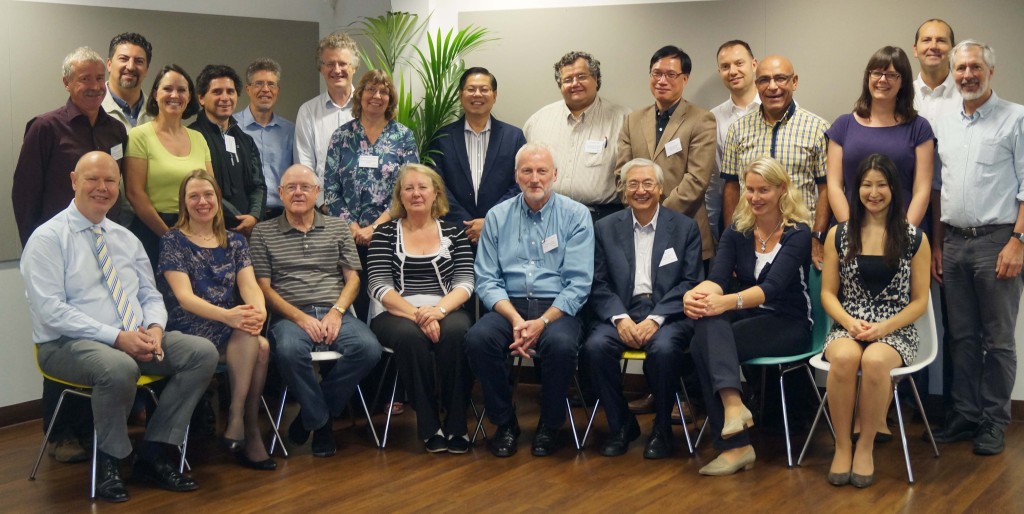
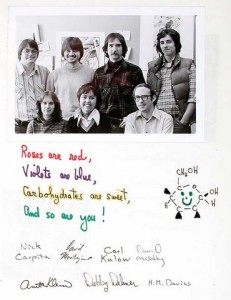 rgraduate and graduate student, then a post-doc, and later as a faculty member in the plant sciences, I’ve been associated with 5 major American Universities. Having been married to an Israeli, I also spent 10 years as a faculty member at The Hebrew University in Jerusalem where I was challenged in my middle age to learn to lecture in Hebrew. I spent two sabbaticals in the private sector—at The ARCO Plant Cell Research Institute and at Calgene, Inc. My research on plant cell walls was supported at various stages by grants from The
rgraduate and graduate student, then a post-doc, and later as a faculty member in the plant sciences, I’ve been associated with 5 major American Universities. Having been married to an Israeli, I also spent 10 years as a faculty member at The Hebrew University in Jerusalem where I was challenged in my middle age to learn to lecture in Hebrew. I spent two sabbaticals in the private sector—at The ARCO Plant Cell Research Institute and at Calgene, Inc. My research on plant cell walls was supported at various stages by grants from The 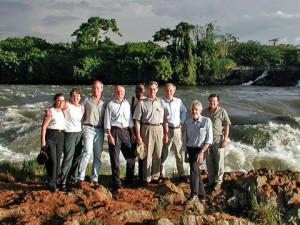
 m local and national budgets. The private sector and the CGIAR centers worry no less about financial matters. All these systems are blessed by the power of the Internet and the increasing ease with which we can communicate with others around the globe. But all are challenged by the overwhelming increase in data to be managed and shared in a fair way. All are affected by the divisive global debate over GM crops, by the disparate and uncoordinated systems for regulation of such crops, for rules regarding quarantine and global exchange of germplasm, and for the lack of harmonization for processes of approval and release of new crop varieties. All are affected by local, state and international policies that affect the advancement of agriculture at all levels. And all are struggling with ways to best contribute to solving the profound issues of food security, malnutrition, and the effects of global climate change.
m local and national budgets. The private sector and the CGIAR centers worry no less about financial matters. All these systems are blessed by the power of the Internet and the increasing ease with which we can communicate with others around the globe. But all are challenged by the overwhelming increase in data to be managed and shared in a fair way. All are affected by the divisive global debate over GM crops, by the disparate and uncoordinated systems for regulation of such crops, for rules regarding quarantine and global exchange of germplasm, and for the lack of harmonization for processes of approval and release of new crop varieties. All are affected by local, state and international policies that affect the advancement of agriculture at all levels. And all are struggling with ways to best contribute to solving the profound issues of food security, malnutrition, and the effects of global climate change.